Home>Storage Ideas>Kitchen Storage>Does A Kitchen Table Need To Match Cabinets? The Essential Rules
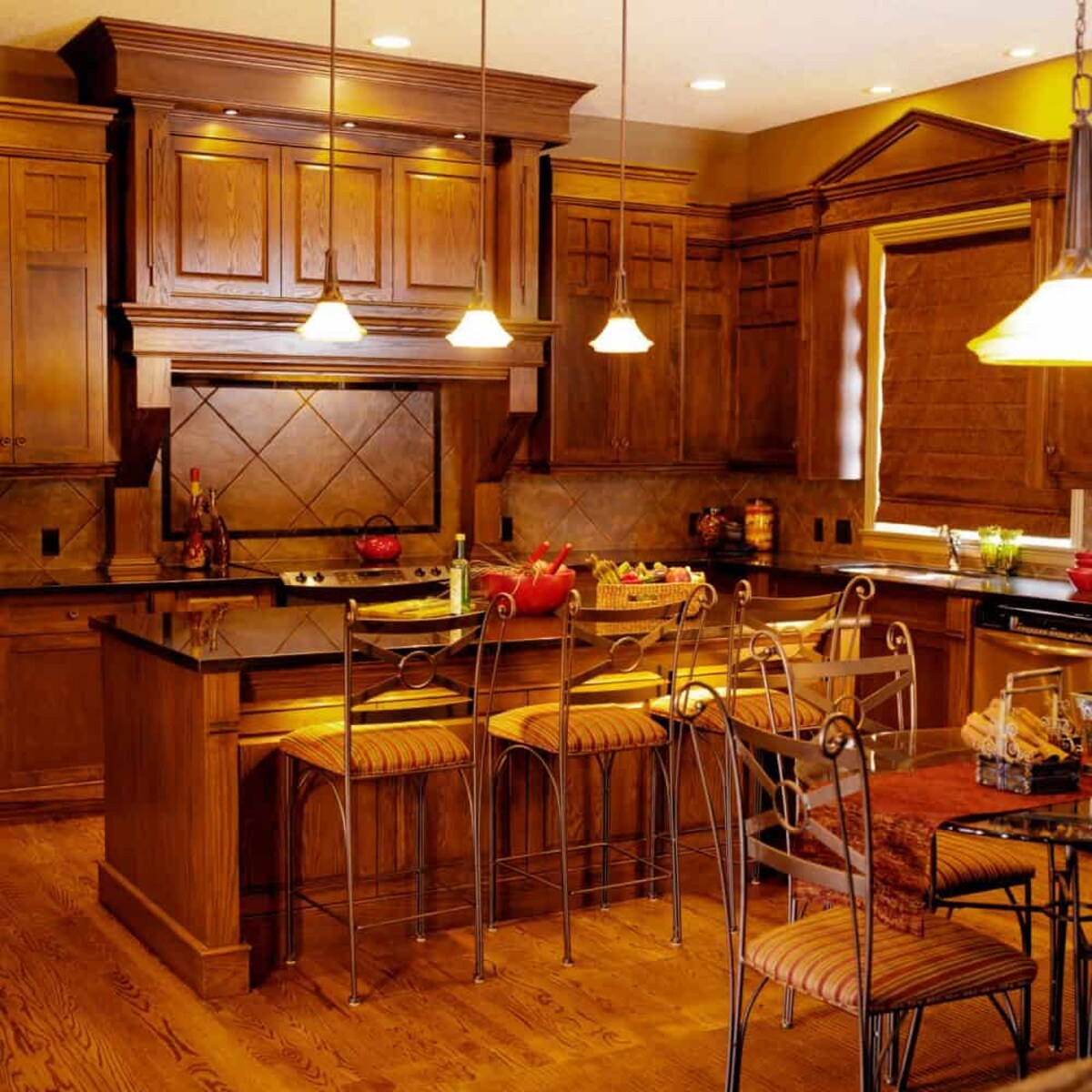

Kitchen Storage
Does A Kitchen Table Need To Match Cabinets? The Essential Rules
Modified: January 24, 2024
Discover the essential rules when it comes to matching your kitchen table with your cabinets. Explore practical kitchen storage ideas to maximize efficiency and style.
(Many of the links in this article redirect to a specific reviewed product. Your purchase of these products through affiliate links helps to generate commission for Storables.com, at no extra cost. Learn more)
Introduction
When it comes to designing a kitchen, every element plays a significant role in creating a cohesive and visually appealing space. From cabinets and countertops to appliances and lighting, each component must blend seamlessly to achieve the desired aesthetic. However, one question that often arises is whether the kitchen table needs to match the cabinets.
The answer to this question is not straightforward, as it depends on various factors such as personal preference, design style, and budget. In this article, we will explore the essential rules to consider when deciding whether your kitchen table should match the cabinets or not. We will also discuss alternative approaches that can create an eclectic and visually stunning look in your kitchen. Let’s dive in!
Key Takeaways:
- Whether to match or contrast your kitchen table with the cabinets depends on your design style. Matching creates cohesion for traditional kitchens, while contrasting adds character for eclectic or modern spaces.
- When choosing a kitchen table, consider factors like size, shape, style, material, and functionality. Balance contrast and complement to create an eclectic, visually stunning look that reflects your personal taste and lifestyle.
The Importance of Design Cohesion
Design cohesion is crucial in any space, including the kitchen. It refers to the overall harmony and unity achieved when all the design elements work together seamlessly. When the kitchen has a cohesive design, it not only looks visually pleasing but also creates a sense of balance and organization.
The kitchen table is a significant component of the overall design, as it serves both functional and aesthetic purposes. While it may seem tempting to have a mismatched table that stands out as a focal point, it can disrupt the overall cohesion if not done carefully.
Matching the kitchen table with the cabinets helps create a cohesive and unified look. It establishes a visual connection between the two elements and ensures that they complement each other. This approach works particularly well in kitchens with a more traditional or formal design style, where symmetry and order are essential.
On the other hand, intentionally choosing a different table that contrasts with the cabinets can also create a visually appealing design. This approach works best in kitchens with a more eclectic or modern design style, where mixing different materials, colors, and textures is encouraged. By creating contrast, the table becomes a statement piece that adds character and personality to the space.
Regardless of whether you decide to match or contrast the table with the cabinets, the key is to maintain a sense of coherence. Each design element should contribute to the overall vision and style of the kitchen. Cohesion can be achieved through thoughtful selection of colors, materials, and finishes that harmonize with the rest of the kitchen.
Ultimately, the goal is to create a kitchen that not only functions efficiently but also exudes a sense of beauty and harmony. By carefully considering and balancing the design elements, such as the kitchen table and cabinets, you can achieve a space that is both visually stunning and functional for everyday use.
In the following sections, we will delve deeper into the factors to consider when choosing a kitchen table and explore different approaches to incorporating it into your kitchen design. So, let’s proceed to the next section!
Factors to Consider When Choosing a Kitchen Table
Choosing the right kitchen table involves considering several factors to ensure that it fits seamlessly into your overall design and meets your functional needs. Here are some key factors to keep in mind:
- Size and Layout: Before selecting a kitchen table, assess the available space in your kitchen and consider the layout. Measure the area where you plan to place the table to determine the appropriate size. A table that is too large or too small for the space can throw off the balance and functionality of the kitchen.
- Shape: The shape of the table can also impact the overall design and flow of your kitchen. Rectangular tables are classic and work well in larger kitchens, while round or oval tables are ideal for smaller spaces as they promote better traffic flow. Consider the shape that complements your kitchen’s aesthetic and suits your lifestyle.
- Style and Material: Think about the style you want to achieve in your kitchen and choose a table that aligns with that vision. Whether you prefer a rustic farmhouse look or a sleek contemporary design, there’s a vast array of options available. Additionally, consider the material of the table (e.g., wood, glass, metal) and its durability and maintenance requirements.
- Seating Capacity: Assess your dining needs and determine how many people you want the table to accommodate. Consider whether you need additional flexibility for hosting larger gatherings or if a smaller table is sufficient for your everyday use.
- Functionality: Determine how the table will be used in your kitchen. If you often gather for family meals or entertain guests, a sturdy table that can withstand regular use is essential. If you prefer a more casual dining experience, options like kitchen islands with integrated seating or bar-height tables may be worth considering.
- Comfort: Remember to prioritize comfort when choosing seating options for your kitchen table. Focusing on chairs or stools with appropriate cushioning and back support will ensure that your family and guests can enjoy meals and conversations comfortably.
By considering these factors, you can choose a kitchen table that not only enhances the visual appeal of your space but also meets your practical needs. Once you have selected a table, the next step is to determine whether it should match the cabinets or take a contrasting approach. We will explore this in more detail in the following sections.
Style and Material Considerations
When choosing a kitchen table, one important factor to consider is the style and material that will best complement your kitchen design. The style of the table should harmonize with the overall aesthetic of the kitchen, while the material should offer durability and fit your lifestyle. Let’s explore some popular styles and materials to consider:
1. Traditional: If you have a traditional or classic kitchen design, a table made of wood with intricate detailing can be a great choice. Opt for rich, warm tones like cherry or mahogany to create a timeless and elegant look. Traditional tables often feature ornate legs or carved accents, adding a touch of sophistication to the space.
2. Modern: For sleek and contemporary kitchens, consider a table with clean lines and minimalist design. Materials like glass or metal can work well in modern kitchens, creating a sense of openness and lightness. Look for tables with sleek, streamlined shapes that match the overall minimalist aesthetic of the space.
3. Rustic: If you want to evoke a cozy and inviting atmosphere in your kitchen, a rustic-style table may be the perfect choice. Opt for natural materials like reclaimed wood or distressed finishes that bring warmth and character to the space. A farmhouse-style table with a sturdy wooden top and chunky legs can add a charming touch to your kitchen.
4. Industrial: Industrial-style kitchens often feature exposed brick, metal accents, and a utilitarian feel. To complement this aesthetic, consider a table made of reclaimed wood and metal. Look for tables with a combination of wood and iron elements, creating a unique, industrial look that adds character to your kitchen.
5. Contemporary: Contemporary kitchen designs often feature a blend of modern and traditional elements. Marble or stone tabletops with clean lines and sleek finishes can work well in contemporary kitchens, adding a touch of luxury and sophistication.
Remember, the style and material of the table should reflect your personal taste and complement the rest of the kitchen. Pay attention to the finishes and colors of the cabinets and other elements in the space to ensure a cohesive look. A well-chosen table can serve as a focal point and enhance the overall aesthetic appeal of your kitchen.
In the next section, we will explore the importance of color and finish coordination when deciding whether your kitchen table should match the cabinets or not.
Color and Finish Coordination
Color and finish coordination is a crucial aspect of creating a cohesive and visually pleasing kitchen design. When deciding whether your kitchen table should match the cabinets, it is important to consider how the colors and finishes of these elements will work together. Let’s explore some key points to keep in mind:
1. Matching Colors: If you prefer a more traditional or formal look, coordinating the color of your kitchen table with the cabinets can create a sense of unity. For example, if your cabinets are a warm shade of cherry wood, choosing a table in a similar hue will create a harmonious and cohesive look. This matching approach works well when the goal is to achieve overall symmetry and order in the kitchen.
2. Complementing Colors: On the other hand, intentionally choosing a different color for the table that complements the cabinets can create an interesting and visually appealing design. Look for colors that work well together, such as complementary or analogous color schemes. For instance, if your cabinets are a rich dark espresso color, a table in a lighter shade like cream or gray can create a pleasant contrast while still maintaining a sense of cohesion.
3. Finishes: In addition to considering color, it’s important to think about the finishes of both the cabinets and the table. If your cabinets have a glossy finish, you may want to choose a table with a similar level of shine to create a cohesive look. Alternatively, if your cabinets have a matte or distressed finish, consider a table with a complementary texture to add visual interest. By coordinating the finishes, you can achieve a cohesive design that ties the different elements of your kitchen together.
Remember, the goal is not necessarily to have an exact match between the colors and finishes of the table and cabinets, but rather to create a harmonious and visually pleasing combination. Don’t be afraid to experiment with different color and finish options to achieve the desired look for your kitchen.
In the next section, we will discuss the importance of balancing contrast and complement in your kitchen design when deciding whether to match or contrast your kitchen table with the cabinets.
When choosing a kitchen table, consider the overall style and color scheme of your kitchen. While it doesn’t need to match the cabinets exactly, it should complement the overall design for a cohesive look.
Balancing Contrast and Complement
When deciding whether your kitchen table should match the cabinets, it’s important to strike a balance between contrast and complement in your design. Both matching and contrasting approaches can create visually stunning results, depending on the overall style and aesthetic you want to achieve in your kitchen. Let’s explore how to balance contrast and complement effectively:
1. Matching Approach: If you prefer a cohesive and traditional look, matching the kitchen table with the cabinets can create a sense of unity and symmetry. This approach works well in kitchens with a more formal or traditional design style. To add visual interest, consider incorporating contrasting elements in other design aspects, such as the backsplash, countertops, or accessories. This way, you can create a visually balanced space while still maintaining the overall harmony.
2. Contrasting Approach: On the other hand, deliberately choosing a different table that contrasts with the cabinets can create a visually striking and unique design. This approach works best in kitchens with a more eclectic or modern style, where mixing different materials, colors, and textures is encouraged. Contrast can be achieved through a variety of ways, such as selecting a table in a different color, using a different material, or opting for a different shape or style. By creating contrast, the table becomes a standout piece that adds character and personality to the space.
3. Coordination: Whether you choose to match or contrast, it’s crucial to maintain coordination in your design. Pay attention to the overall color palette, finishes, and materials in your kitchen. Even if you opt for a contrasting table, make sure it still complements the cabinets and other elements in the room. This can be achieved by choosing complementary colors, coordinating finishes, or incorporating design elements that tie everything together.
Remember that there is no right or wrong approach when it comes to matching or contrasting your kitchen table with the cabinets. It’s all about finding the right balance that suits your personal style and achieves the desired aesthetic for your kitchen. Consider experimenting with different options, seeking inspiration from design magazines or online platforms, and consulting with a professional if needed.
In the next section, we will explore how you can mix and match different elements in your kitchen to create an eclectic and visually stunning look.
Mixing and Matching for an Eclectic Look
If you’re looking to create a kitchen with a unique and eclectic style, mixing and matching different elements can help you achieve that desired aesthetic. This approach embraces the combination of contrasting colors, styles, and materials to create a visually stunning and personalized space. Here are some tips to consider when aiming for an eclectic look:
1. Play with Colors: Incorporate a mix of bold and vibrant colors to add visual interest and excitement to your kitchen. Consider using colorful chairs, vibrant accessories, or a statement-making centerpiece on your table. The key is to find a balance between the various colors and ensure they complement each other harmoniously.
2. Experiment with Styles: Don’t be afraid to mix different styles to create an eclectic look. Combining elements from various design eras or cultural influences can result in a truly unique and visually intriguing kitchen. For example, pair a rustic farmhouse table with modern industrial-style chairs for a striking juxtaposition.
3. Mix Materials: Incorporate a variety of materials into your kitchen to create texture and visual interest. Experiment with combining materials like wood, metal, glass, concrete, or even stone. This can be achieved through a combination of different finishes, such as a wooden table paired with metal chairs or a glass tabletop on a wrought iron base.
4. Add Patterns: Introduce patterns through textiles, wallpapers, or tiles to infuse a lively and eclectic vibe into your kitchen. From vibrant geometric patterns to intricate floral designs, patterns can add depth and visual appeal to the space. Consider using patterned chair cushions, a tiled backsplash, or patterned curtains to incorporate this element of eclecticism.
5. Embrace the Unexpected: One of the hallmarks of an eclectic design is embracing unexpected combinations. Don’t be afraid to mix and match unconventional elements, such as repurposed furniture pieces or unique vintage finds. These unexpected touches add character and personality to your kitchen design.
Remember, when aiming for an eclectic look, it’s important to maintain a sense of balance and cohesion amidst the various elements. While mixing and matching is encouraged, ensure that there is a unifying factor that ties everything together, whether it’s through a common color palette or a repeated design element.
By embracing this eclectic approach, your kitchen will become a reflection of your individuality and allow you the freedom to express your unique sense of style. Have fun experimenting with different combinations and creating a truly one-of-a-kind space.
In the next sections, we will discuss important functional and budget considerations when choosing a kitchen table.
Functional Considerations
While aesthetics and style are important when choosing a kitchen table, it’s equally essential to consider the functionality and practicality of the table. After all, the kitchen is a space where meals are prepared, conversations take place, and memories are made. Here are some key functional considerations to keep in mind:
1. Seating Capacity: Determine how many people you want the table to accommodate regularly. Consider your family size, entertaining needs, and the available space in your kitchen. A table that is too small will be inconvenient for larger gatherings, while a table that is too big for your everyday needs may make the kitchen feel cramped.
2. Shape and Layout: Consider the shape and layout of the table in relation to the available space in your kitchen. Round or oval tables can promote better traffic flow and are ideal for smaller kitchens. Rectangular tables are great for larger spaces and can provide more surface area for food preparation or other activities.
3. Storage Options: If you have limited cabinet space, consider a kitchen table with built-in storage options. This can include drawers, shelves, or even a built-in wine rack. Having additional storage in your kitchen table can help keep your kitchen organized and allow for easy access to frequently used items.
4. Durability and Maintenance: Choose a table that is durable and easy to maintain, especially considering the wear and tear that a kitchen table may experience. Depending on your lifestyle and preferences, consider the material and finish of the table. For example, a sturdy and stain-resistant surface might be more practical for a busy family, whereas a high-maintenance material may require more upkeep and cleaning.
5. Flexibility: Think about the flexibility and versatility you need in your kitchen table. If you have limited space, consider options like extendable tables or drop-leaf tables that can be adjusted as needed. These types of tables can be expanded to accommodate more guests and folded down to save space when not in use.
By considering these functional aspects, you’ll be able to choose a kitchen table that not only looks great but also meets your day-to-day needs. A well-designed and functional table will make your kitchen a more enjoyable and efficient space for cooking, eating, and spending time with family and friends.
In the next section, we will discuss important budget considerations to keep in mind when selecting a kitchen table.
Budget Considerations
When selecting a kitchen table, it’s important to consider your budget. Setting a budget and sticking to it will help you narrow down your options and ensure that you find a table that not only meets your design preferences but also fits within your financial means. Here are some budget considerations to keep in mind:
1. Determine Your Budget: Begin by determining the amount of money you’re willing to allocate for the kitchen table. Consider your overall kitchen renovation budget and how much you are comfortable spending specifically on the table. This will help you establish a realistic budget and guide your decision-making process.
2. Explore Different Price Points: Kitchen tables are available in a wide range of price points, from budget-friendly options to more high-end and luxury choices. Explore various price ranges and compare the features and quality offered at each level. Remember that a higher price doesn’t always guarantee better quality, so it’s important to do thorough research.
3. Prioritize Essential Features: Identify the features that are most important to you in a kitchen table. This could include factors like size, material, durability, and functionality. By prioritizing these essential features, you can ensure that your budget is allocated toward the aspects of the table that matter most to you.
4. Consider Alternate Options: If your budget is limited, consider alternative options to traditional kitchen tables. Explore second-hand or thrift stores, online marketplaces, or even repurpose existing furniture. With a little creativity, you might find unique and budget-friendly options that suit your style and needs.
5. Factor in Long-Term Value: While sticking to a budget is important, it’s also essential to consider the long-term value of your investment. Choosing a table that is durable and built to last can save you money in the long run. It’s better to spend a little more on a high-quality table that will withstand everyday use and remain in good condition, rather than needing frequent replacements.
6. Plan for Additional Costs: Remember to account for any additional costs that might come along with purchasing a kitchen table, such as delivery fees or assembly charges. These extra expenses can add up, so make sure to factor them into your budget calculations.
By considering your budget and making informed decisions, you can find a kitchen table that meets your design preferences and functional needs without breaking the bank. Remember that finding the perfect balance between quality and affordability is key to a successful purchase.
As we conclude this article, keep in mind that while the decision to match or contrast your kitchen table with the cabinets is an important one, there are no hard and fast rules. Ultimately, it’s about creating a space that reflects your personal style, suits your needs, and brings you joy every time you step into the kitchen. Happy table hunting!
Read more: 15 Pantry Cabinet to Store Your Essentials
Conclusion
When designing a kitchen, the choice of whether your kitchen table should match the cabinets is a decision that can significantly impact the overall look and feel of the space. Whether you opt for a matching or contrasting approach, it’s essential to strive for design cohesion and harmonious integration of all elements in your kitchen.
Matching the kitchen table with the cabinets helps create a cohesive and unified look, particularly in kitchens with a more traditional or formal design style. This approach establishes a visual connection between the two elements and ensures they complement each other, creating a sense of symmetry and order.
However, intentionally choosing a different table that contrasts with the cabinets can also create a visually stunning design. This approach works well in more eclectic or modern kitchens, where mixing different materials, colors, and textures is encouraged. By embracing contrast, the table becomes a statement piece that adds character and personality to the space.
When choosing a kitchen table, consider various factors such as size, shape, style, material, and functionality. Assess your space, determine your seating needs, and align the table’s style and materials with your overall kitchen design. It’s also essential to consider practical aspects such as durability, maintenance, and storage options.
While budget considerations are important, there are options available at different price points. Prioritize essential features, explore various options, and consider the long-term value of your investment when making your decision.
Whether you choose to match or contrast your kitchen table with the cabinets, it’s important to maintain a sense of coordination and coherence in your design. Balance contrast and complement, and incorporate different elements like colors, materials, styles, and patterns to create an eclectic, visually stunning look.
In the end, there are no hard and fast rules when it comes to designing your kitchen. The most important factor is to create a space that reflects your personal taste, suits your lifestyle, and brings you joy every time you step into the kitchen.
So take the time to explore your options, experiment with different combinations, and trust your instincts. With careful consideration and a touch of creativity, you can create a kitchen that is both functional and beautifully designed, where memories are made, and meals are shared.
Frequently Asked Questions about Does A Kitchen Table Need To Match Cabinets? The Essential Rules
Was this page helpful?
At Storables.com, we guarantee accurate and reliable information. Our content, validated by Expert Board Contributors, is crafted following stringent Editorial Policies. We're committed to providing you with well-researched, expert-backed insights for all your informational needs.
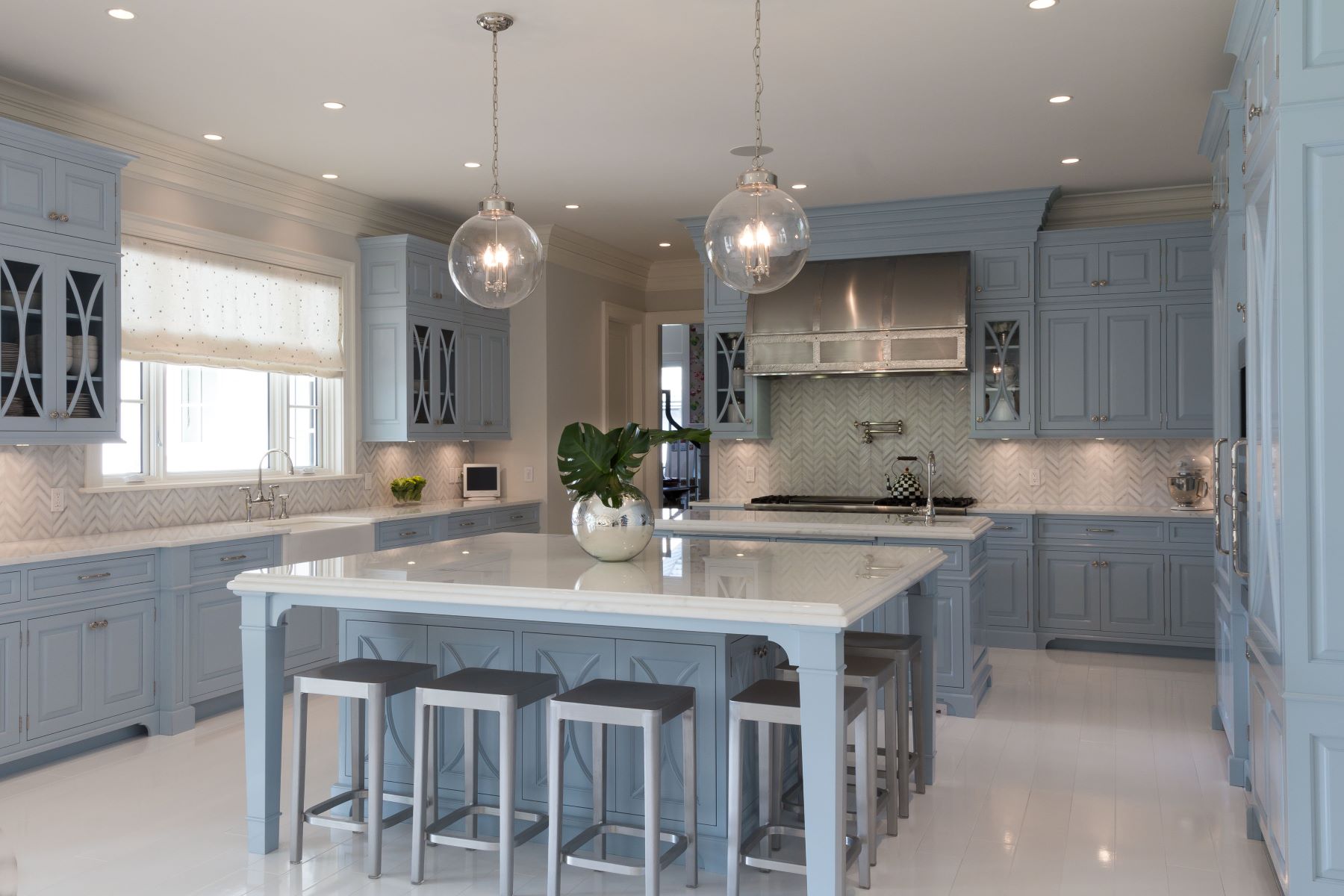
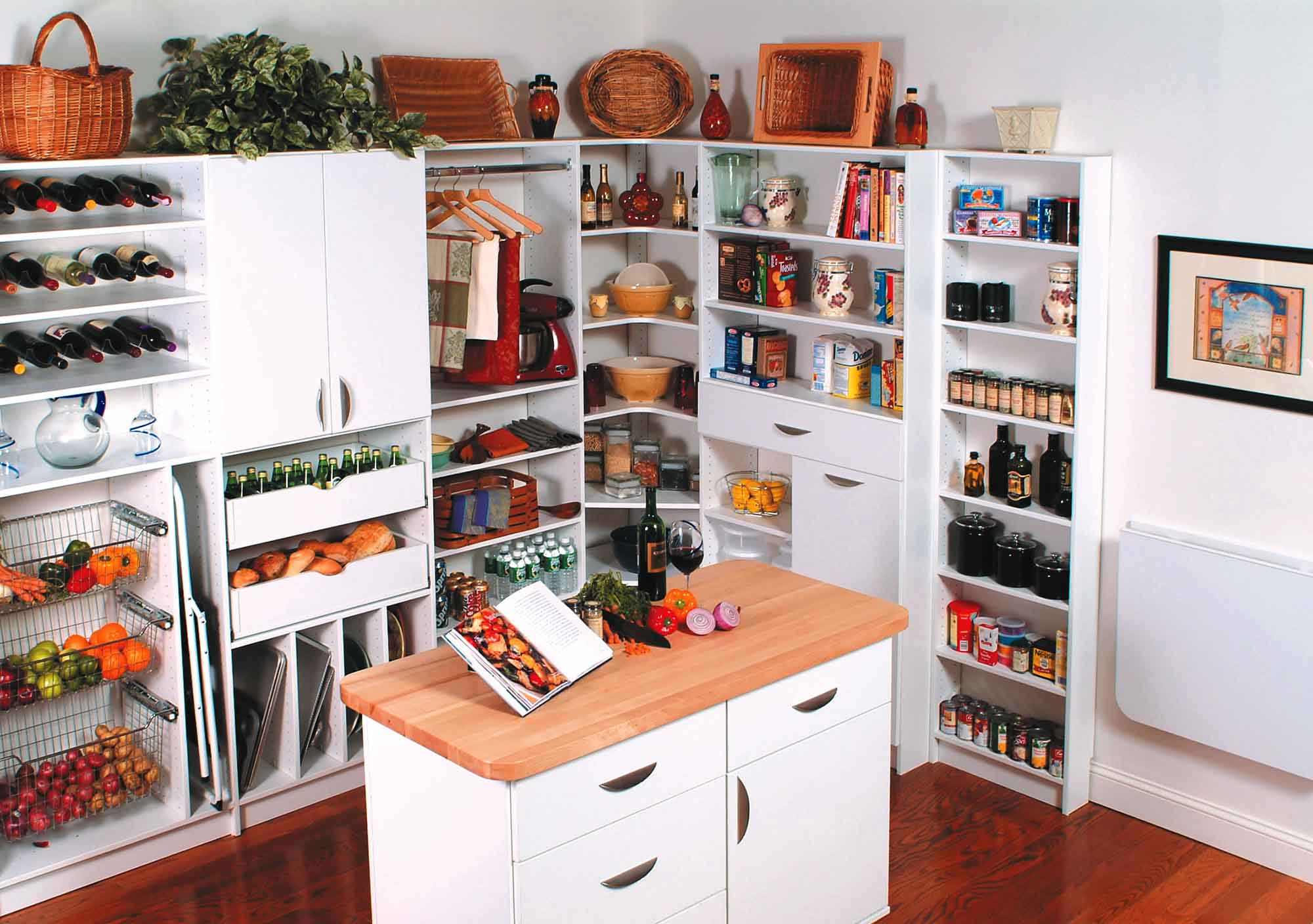
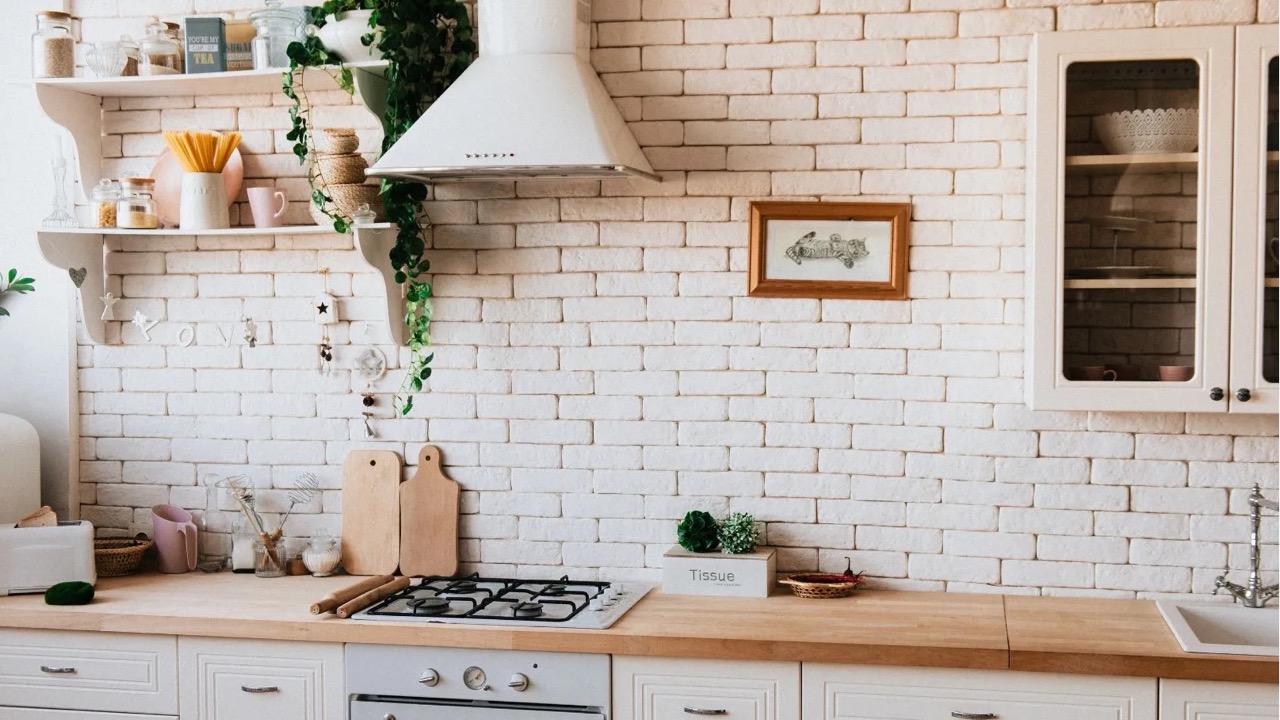
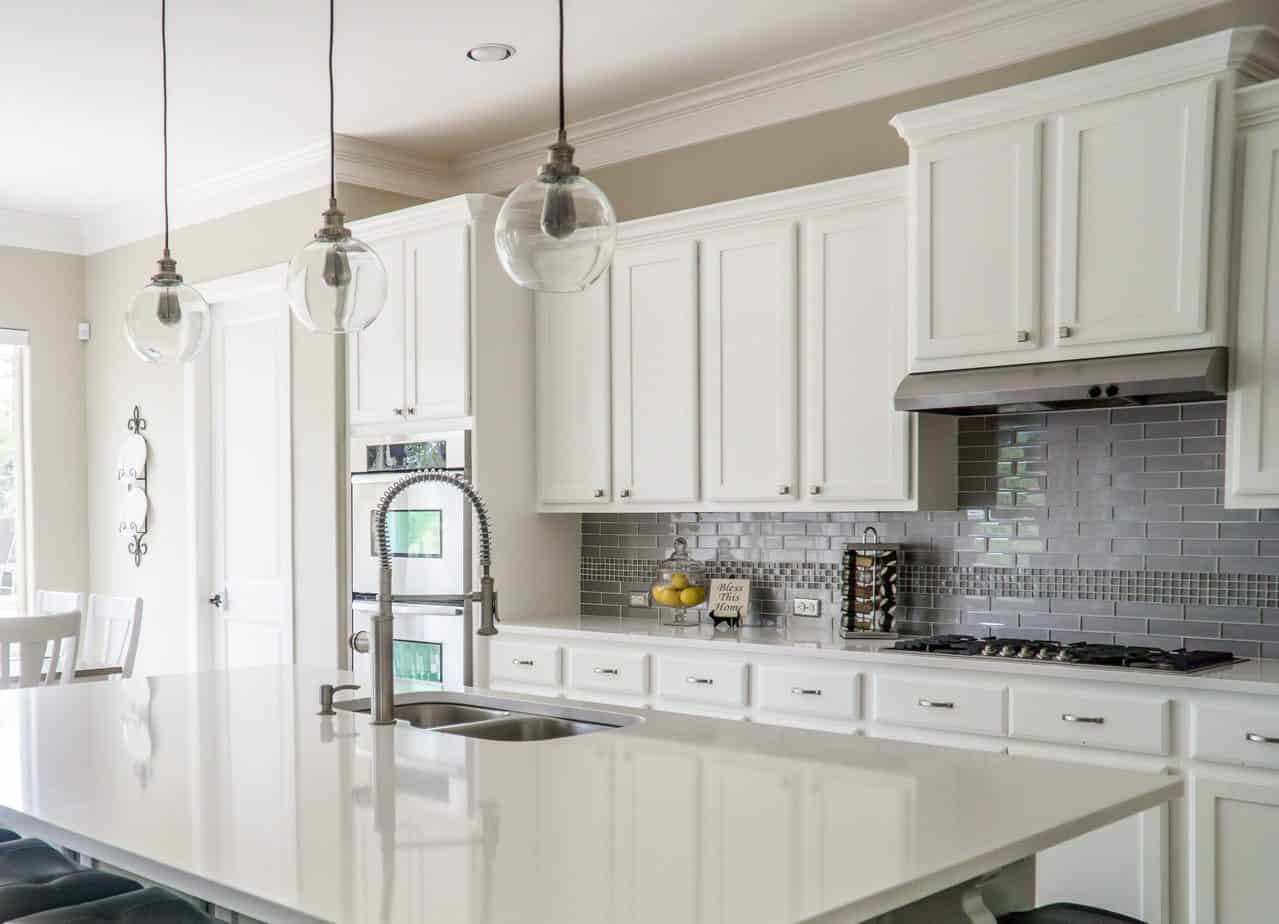
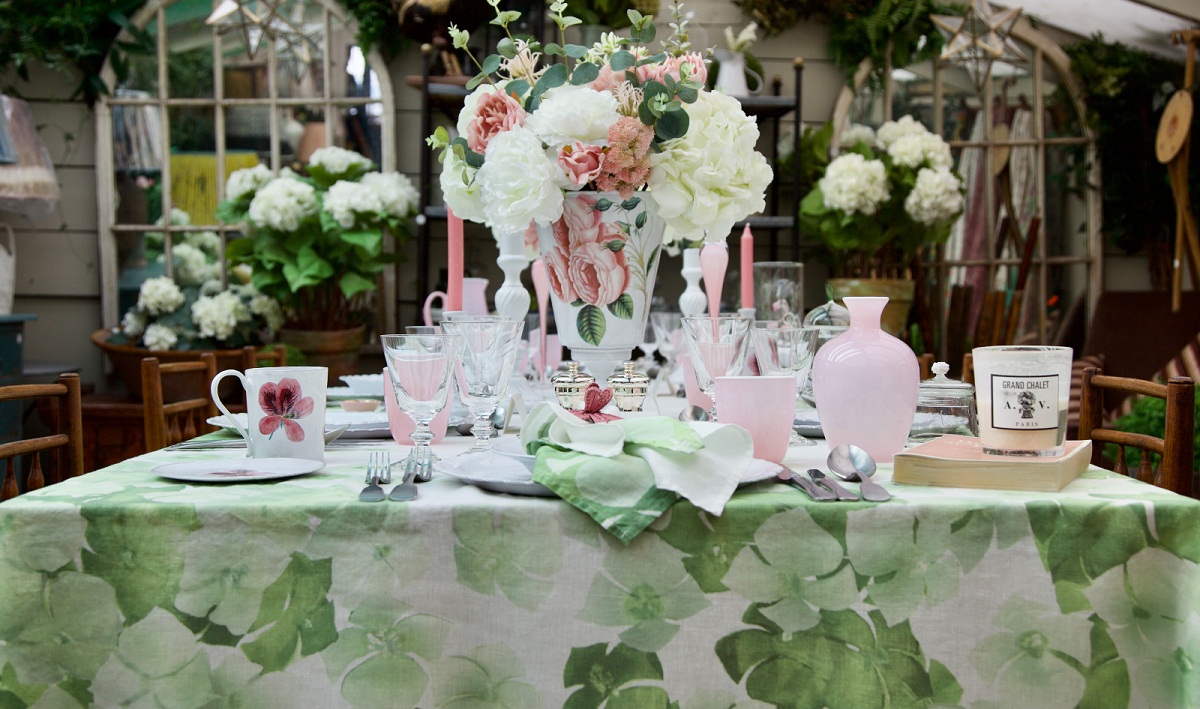
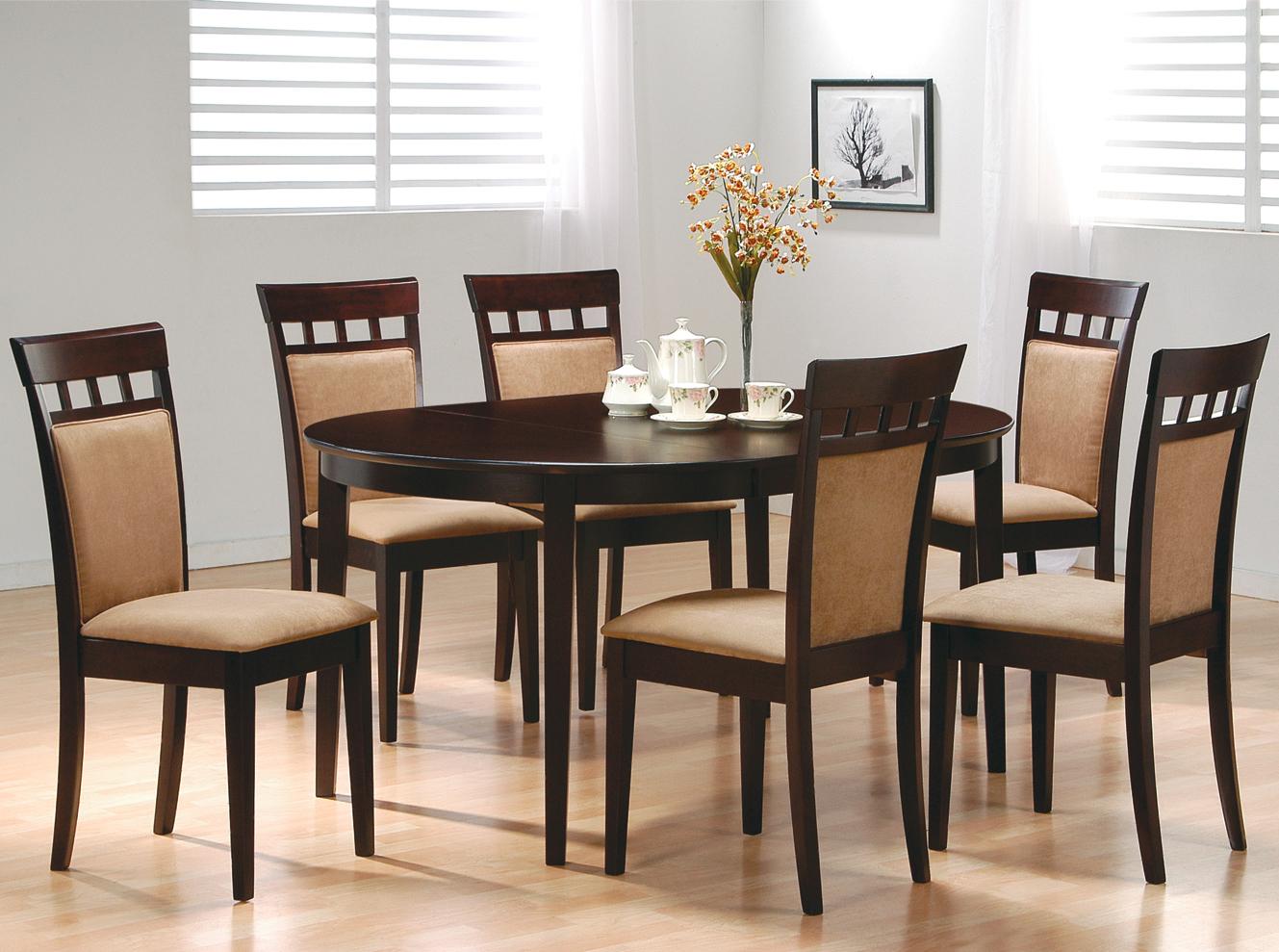
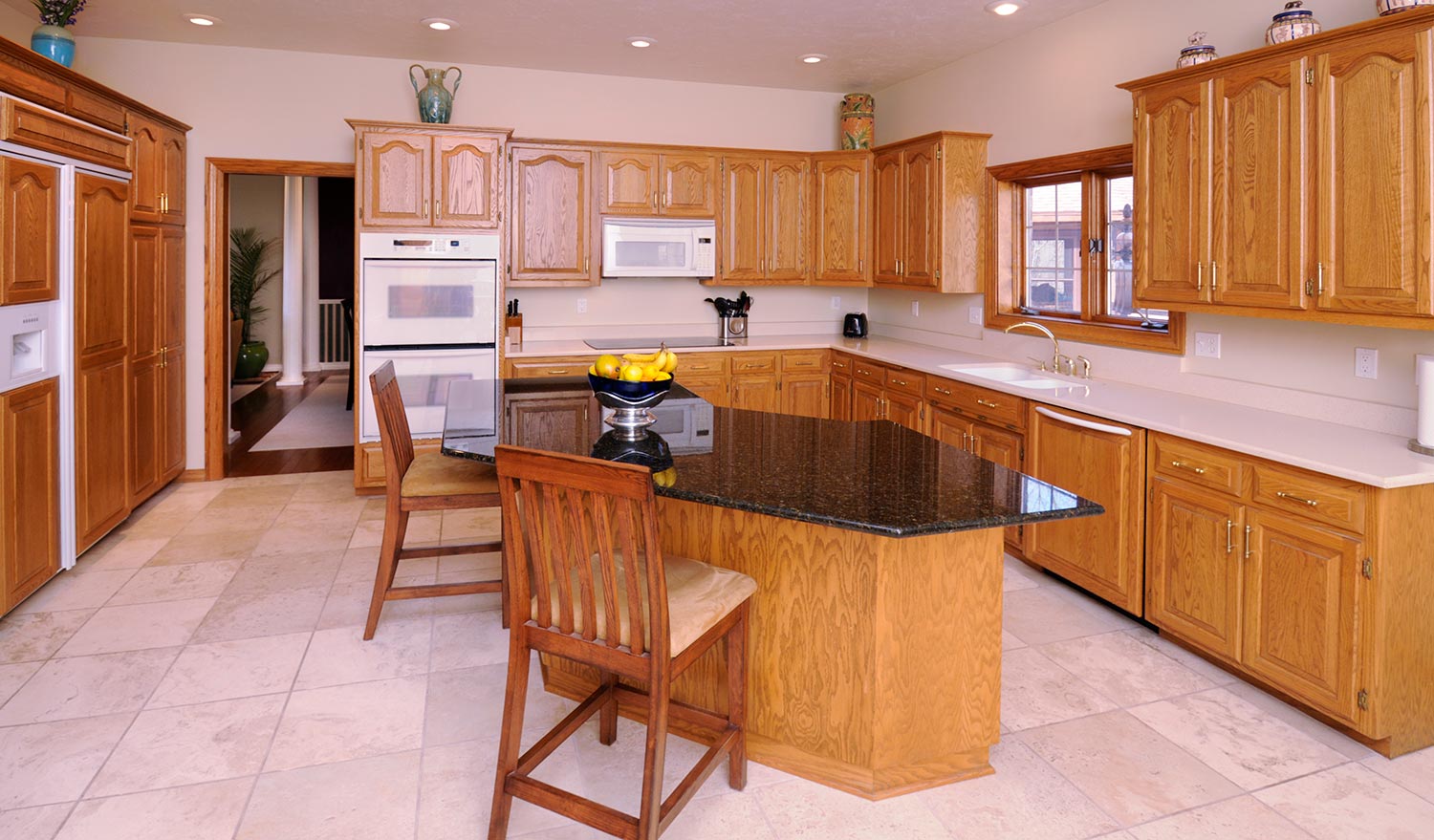
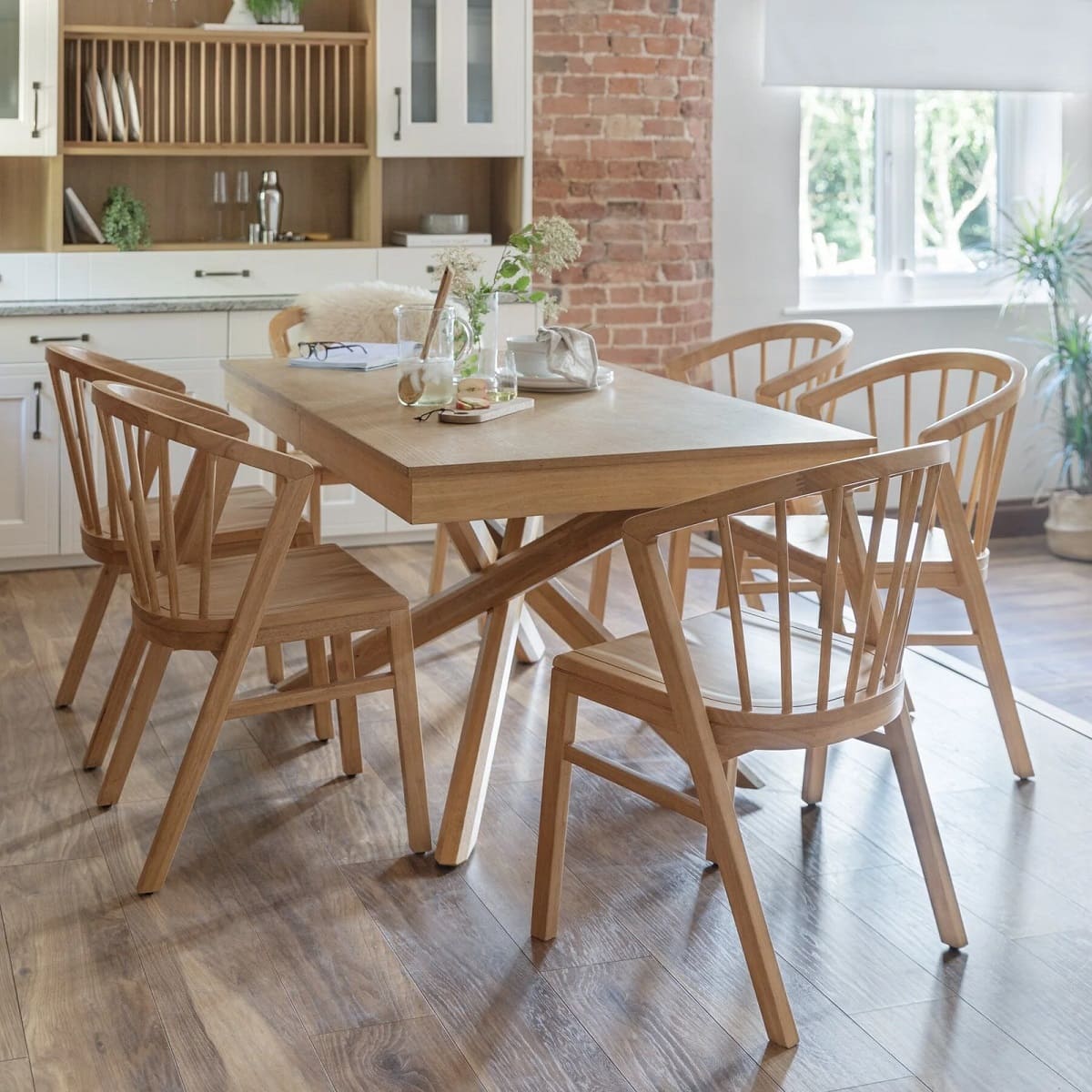
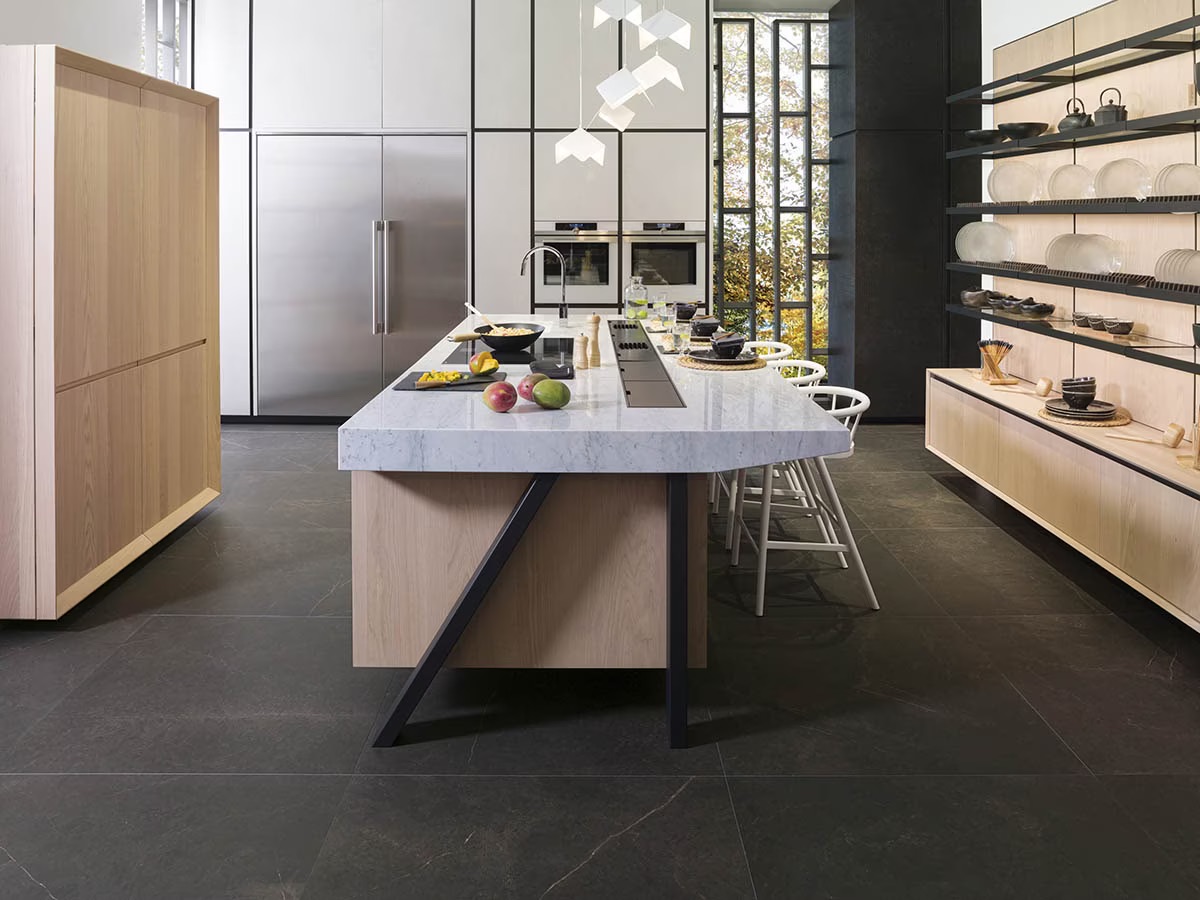
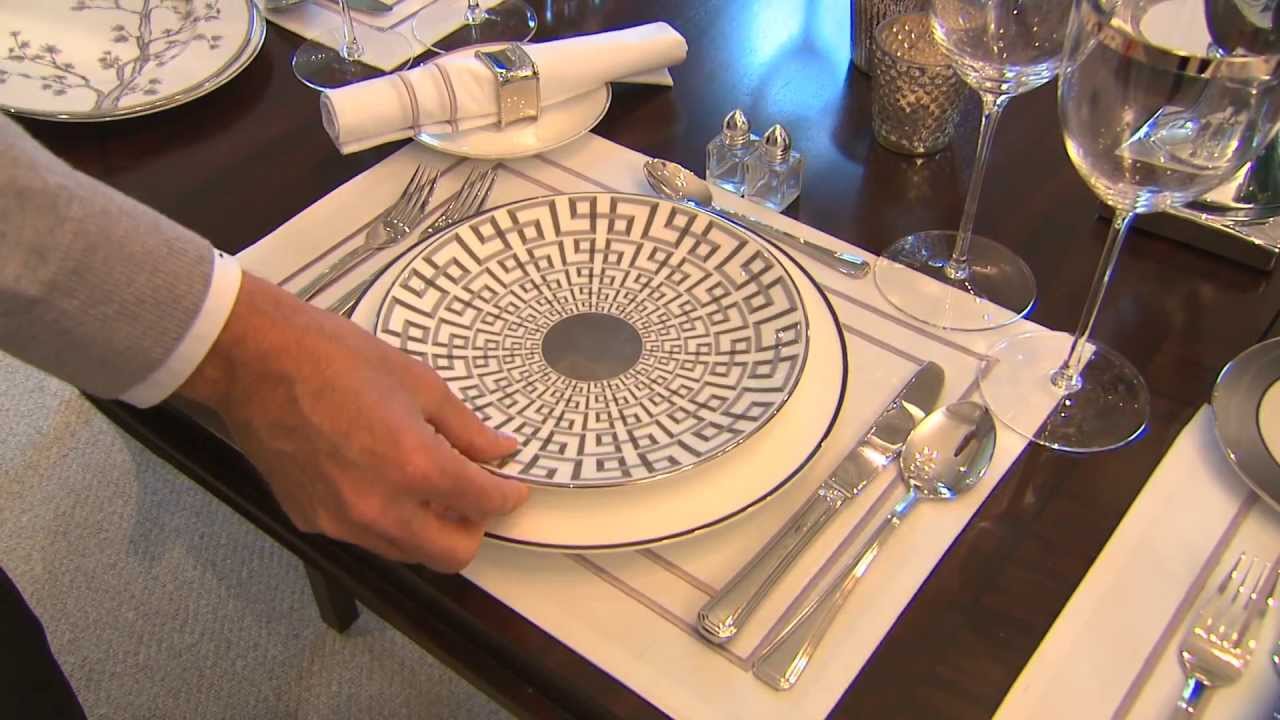
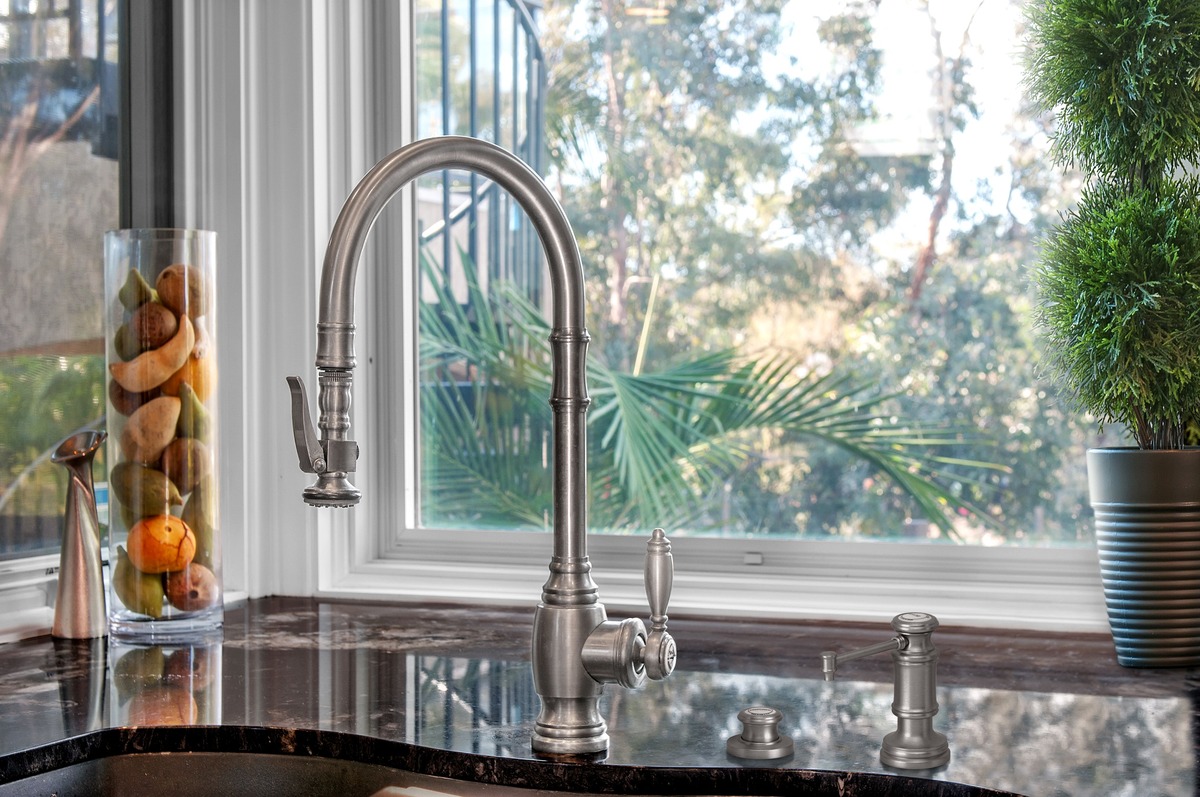
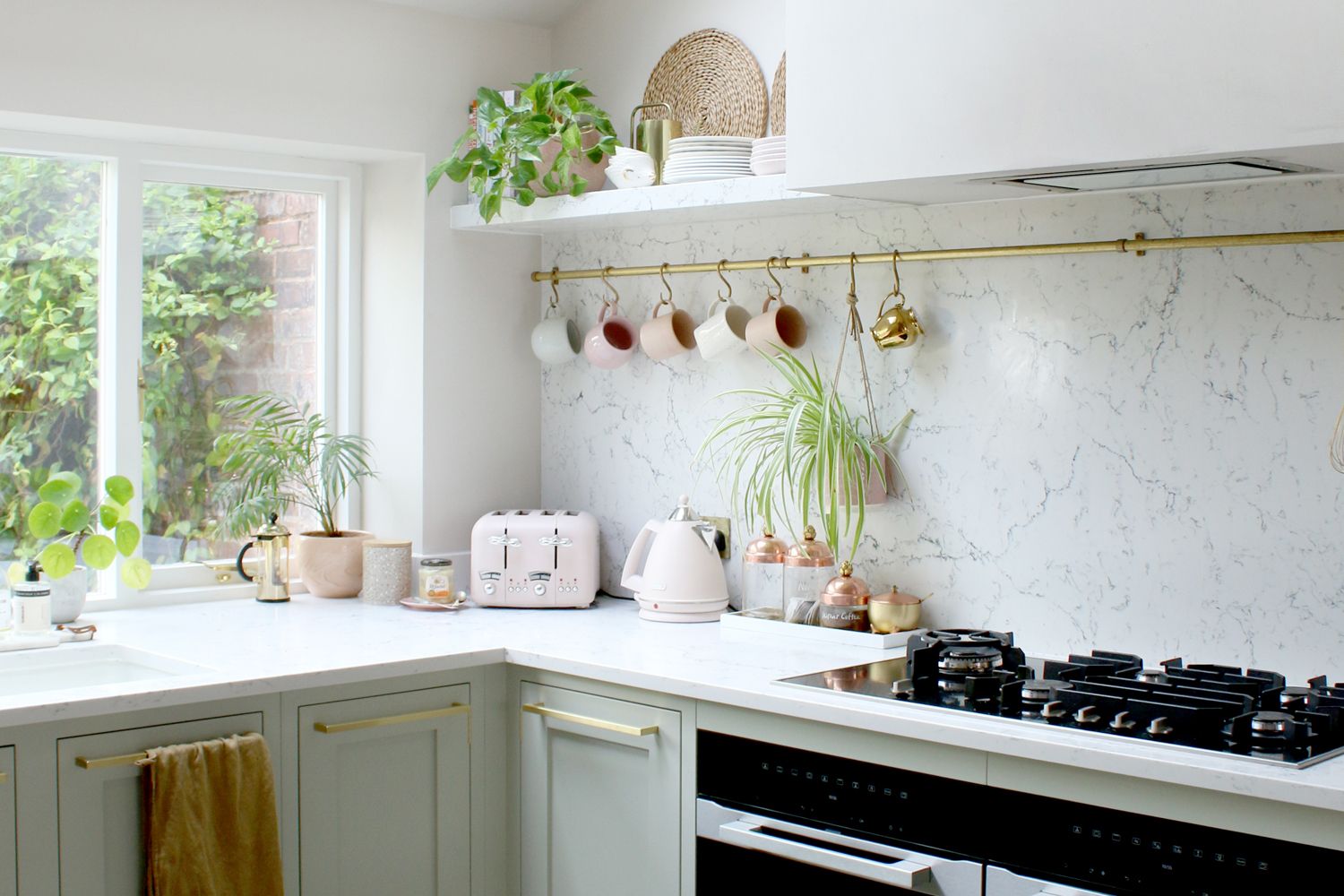
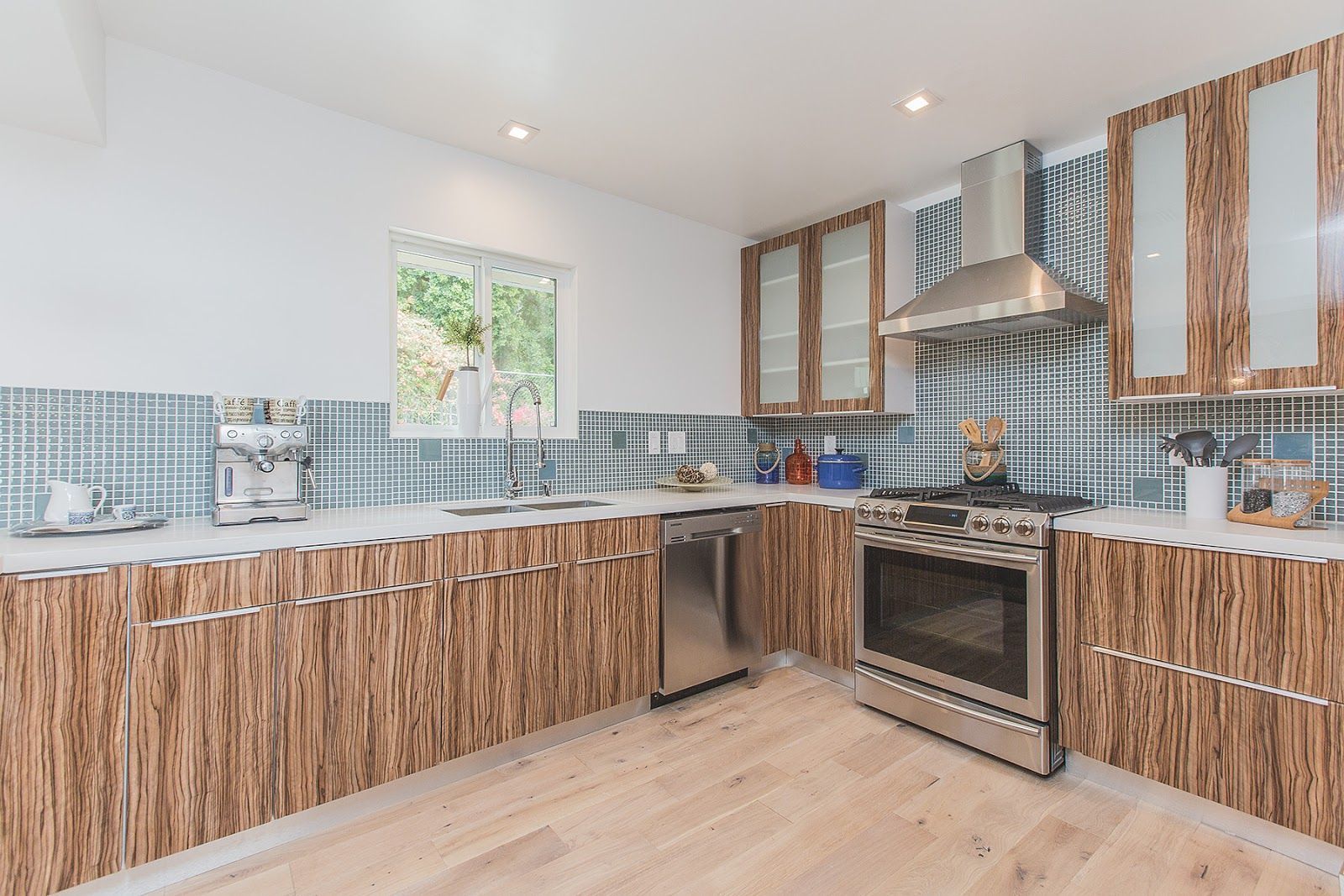

0 thoughts on “Does A Kitchen Table Need To Match Cabinets? The Essential Rules”